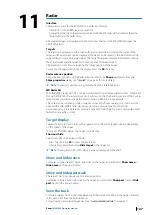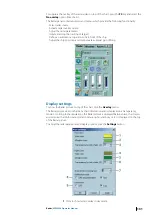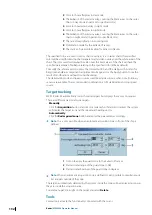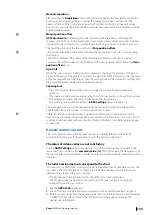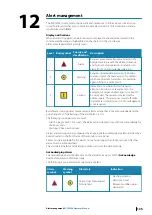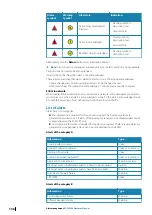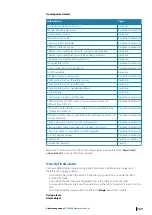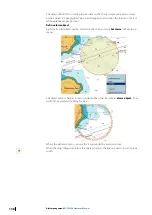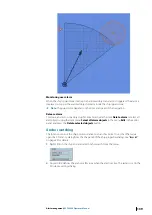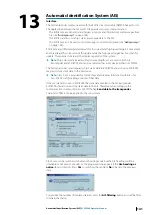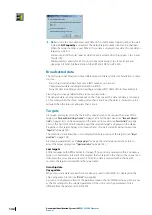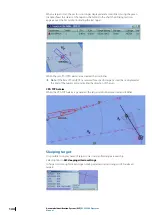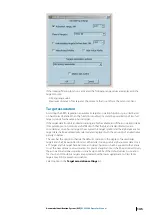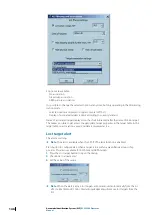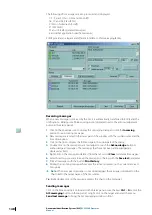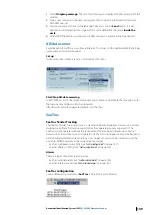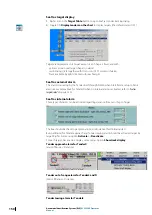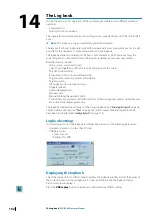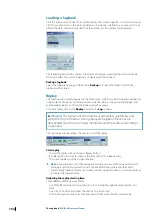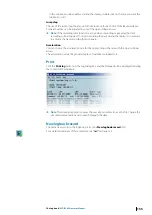
Automatic Identification System (AIS)
Interface
The AIS transponder communicates with the ECDIS via a serial cable (NMEA 0183 protocol).
The duplex link between the AIS and ECDIS provides two-way communication:
•
The ECDIS receives dynamic data (targets’ positions and information) and messages from
AIS (see
•
The ECDIS transfers own ship’s static and voyage data to the AIS.
•
The ECDIS may also be used to send messages to selected recipients (see
ECDIS provides different update intervals for low speed and high speed targets. For example,
anchored target has 180 seconds for update while the high speed target has 2 seconds for
update. This approach increases the display capability of the system.
Ú
Note:
Ship’s static data including Ship’s name, length, etc. are used in both AIS
transponder and ECDIS900 and can be entered either in AIS device either in ECDIS900.
The AIS transponder sends regularly ship’s static data to ECDIS900 and vice versa ECDIS900
may send ship’s static data to the AIS device.
Ú
Note:
Class A AIS is provided for SOLAS ships and provides full data. Class B AIS is for
non-SOLAS craft providing a subset of that data.
If the user decides to use in ECDIS900 the static data entered in the AIS transponder,
ECDIS900 should not send the static data to the AIS. Therefore, when setting up the
communication in Sensor Monitor tick off the flag
Send data to the transponder
.
Two kinds of filters can be applied to the sensor data.
AIS Sensor can be switched to the Native heading mode but the AIS heading could be
unreliable or not precise enough. So the proper warning appears if the
Use heading as
native
item is ticked on. Press
Yes
to switch on the mode or
No
to back to the previous
state.
To optimize the number of displayed targets, press the
AIS filtering
button and set the filter
criteria in the dialog.
13
Automatic Identification System (AIS)
| ECDIS900 Operator Manual
141

